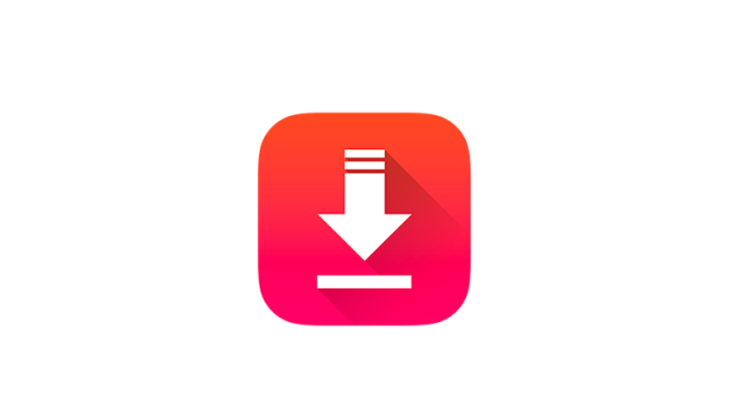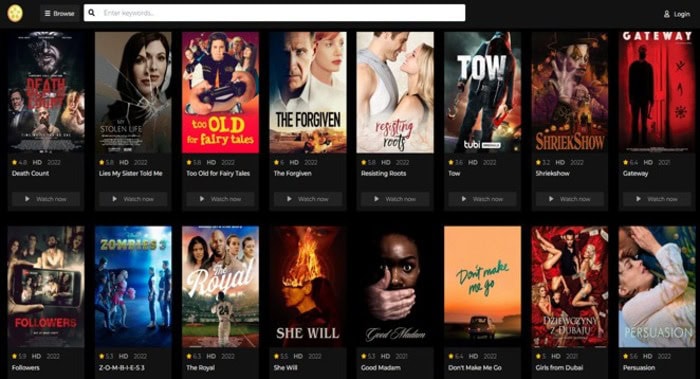
There was a time when maps had a red cross drawn under two leaning palm trees, and if you’d follow this map you’d find a whole lot of golden coins. Or at least this is what children’s books about pirates have taught us.
But a lot had changed since that time and even pirates now mostly surf the web and not sea waters at all. Now the only map that will lead you to treasures untold is your project’s roadmap.
But how can it be? How can your startup be successful simply with a project’s roadmap? Read along, if you really want to uncover this secret.
What is a roadmap?
It is a strategic document that includes the main stages and milestones in a software development process. Usually, the purpose of this document is to build a quality connection between the development and business needs of your company. In conclusion, a roadmap is a visual review of a project/software without any details, and it determines how the project or software (if it’s implementation is your project’s focus) will fit into your business strategy and workflow.
Usually, a roadmap consists of the following elements:
- the vision, that represents your main goals and expectations of your product/project;
- the implementation plan;
- your project’s goals;
- important milestones to achieve the main project’s goal;
- resources and their division among the people or departments involved;
- the implementation schedule of different stages and project’s components;
- potential risks that may occur on different realization stages;
- deadlines for main milestones;
- metrics that help to check project effectiveness and correct workflow if needed;
- tasks’ status (done, in progress, etc.).
The main goal of the project roadmap is to clarify what actions need to be done to complete the project and main milestones. It also may help to define more precisely what the project is for – its goals and pain points that it solves.
Important: don’t mistake the roadmap for overall business strategy.
What is the difference between roadmap and your business strategy?
So you already know what a roadmap is. It consists of one project’s workflow staging and is a non-detailed description of all work processes related to it. The roadmap lays out the clear chronological tasks division but doesn’t represent the strategic planning. Nevertheless, it is aimed to build one.
A strategy is a complex approach to describe the whole business workflow. Your startup’s strategy can include more than one project and workflow of all people involved. It is all about your internal processes and takes into account your market position, your target audience’s desires, and needs, your business goals, and requirements.
Business strategy is your internal document that represents all aspects of business and goes far and far in the future. A roadmap is a surface plan of one project or product based on a chronological scale.
This way, with a roadmap you’ll be able to present your business and create a quality and developed business strategy.
Tip 1: Create a roadmap before you present your project
The roadmap will help you understand the fortes and weaknesses of your business, define the bottlenecks in your future work processes, and finally determine what will help you present your project to investors and other people involved.
So be cautious with your urge to create a presentation right after you got an idea. Don’t skip the work on the roadmap!
Firstly, take into account our little psychological advice. They say if you talk about your project before you work on it, you may feel the same satisfaction as you’d feel after all work is done. This may result in lower interest in the work as a whole, as well as lower motivation that leads to procrastination. If you feel like the world is changed and all because of you after you told a friend about your disruptive idea, think if this psychological phenomenon may be your case.
Secondly, remember that the roadmap is the most important part of your understanding of the project. It will clarify the workflow in general and also help you find the new interesting details about that project you have in mind.
When you present “your life’s work” be ready to questions and if you won’t be able to answer them the potential investors and partners will see you as incompetent. Hence, they won’t be interested in your project as they might’ve been.
Tip 2: The roadmap must resonate with your target audience
Getting ready to implement your idea you need to take care of whether your project is compliant with your target audience needs. It is important to take this into account when you work on a project/product roadmap because it will define how your project will turn out in the future.
Analyze your clients’ needs and “pain points” and ask yourself how your project solves it. Take care whether you understand the people you work for. This way you’ll be able to find the crucial processes in your project. For example, creating a project for time-management you need to understand who your main clients are, and in this case, it’ll be companies with 50+ employees. Their main needs are:
- need to divide tasks for work processes synchronization;
- need to clarify which employee should do a certain task;
- need to divide big work volumes to ensure the quality interaction between different employees;
- need to enhance time to perform work tasks;
- need to see the real picture of how employees are occupied.
The pain points are the most crucial needs of your potential clients. For example:
- bottlenecks in the processes;
- interrupted workflow;
- high level of employee occupation;
- low level of employee productivity.
You will be able to address the most interesting points for your clients if you know what’s crucial for them. This will be useful for you when you create the roadmap and work on your project implementation. To put it simply, the presentation of your roadmap and project for each department and for the customer will have different aims. If you present your roadmap to your developers, you must make an accent on the functional goals of the project. Here it will be usability, reliability, and synchronization with other business apps.
The same roadmap should outline what the project will bring to the customer when shown to the marketing department. For example, it should be a time-management improvement, the possibility to work with this tool along with others, etc.
And, finally, in a presentation for clients, you should speak of your end-goals. E.g., your client’s employees may get up to 30% of their time free, and synchronization will allow your clients to raise the company’s productivity up to 17%, etc.
Tip 3: Create a draft
Don’t act blindly, you won’t have your roadmap perfect from the first attempt anyway. You will doubly take into account all the nuances as soon as you create a roadmap. So take it one step at a time; find the way to visualize your way to success. We’re not talking about tools for roadmap creation but more about how you perceive it from the very beginning. To keep in mind all the details is truly complicated so remember that a pen is mightier than the sword, and arm yourself!
Make a draft of the main milestones and deadlines of your project. Then apply your work processes to the roadmap, taking into account every big step you need to take. The roadmap isn’t a detailed overview so you don’t have to include everything in there, only the main things that have to be done. The video below will show you how you can draw a roadmap easily and quickly.
Overall, you need to include in the draft both intermediate and final deadlines that will help you analyze how the project’s implementation is going. Also, you need to be realistic and avoid too “good-looking” deadlines, stick to the time you really need. You may include work streams as well as little steps of a big workflow. After this, include the main tasks to the roadmap (you may also include your ambitions), and thus you can get a realistic view on your roadmap.
Now you can transform your draft into a real strategic document. Based on our first tip, remember to create different roadmaps for each department if you need it. The tools we can recommend you, are:
- ProductPlan – it synchronizes with Jira, Slack, and other services hence will help you not to work on the roadmap from scratch.
- Aha! – they have six templates to create a roadmap, and the result can then be displayed in PDF, PNG, and web-presentation format;
- Product board – here you can not only create a roadmap but fully manage the work on the product (will be useful if you’re a product manager).
Tip 4: Be prepared for constant changes
Roadmap won’t be static, same as your business won’t. You’ll have new ideas, new strategies, processes, market conditions, and competitors that you will have to count in each of your plans and roadmaps. Perhaps, with time you’ll even have a new project that will need a new roadmap for it? Don’t fear to be flexible and work with all changes as you worked before them.
Being ready for the changes has to become your main base for further scalability. New processes, clients, their needs, and pain points; all this may be a big part of your life as soon as you start working on your project growth. The roadmap’s flexibility will provide your project with possibilities to grow along with your ambitions. Thus, it may be a determination of your success!
So, you need to create a roadmap with enough space for unexpected changes. There will be a lot of them, sometimes little and sometimes enormous, but you can’t really avoid them even if you want. Don’t use unrealistic numbers in your roadmap and plans, this will help you be flexible.
Deadlines may move, expected results may be high or low, so work with a range of numbers instead. E.g., deadline 02/01 is critical and 01/30-02/02 is a flexible range. Do the same trick with expected results when you present the project to your clients and you’ll have them by your side.
Now, when a roadmap is known as the one way to treasure what you seek; and you know how to create it, you can blaze your trail to success! Card up your sleeve may be your unique competitive advantage or a reliable technical partner. And even though you can’t simply find a bottle with an old map in it; you still can build your way towards becoming a Unicorn yourself!
Thoughtfully built roadmaps may help you detect future problems and bottlenecks in your business even before they interrupt your workflow, integrate new technologies into your business, etc. But what is most important is that it will help you get loyal clients and investors on your side.
Don’t underestimate the possibilities that roadmap will provide you. No statistics is required to see how helpful it could be; your experience would be enough.


